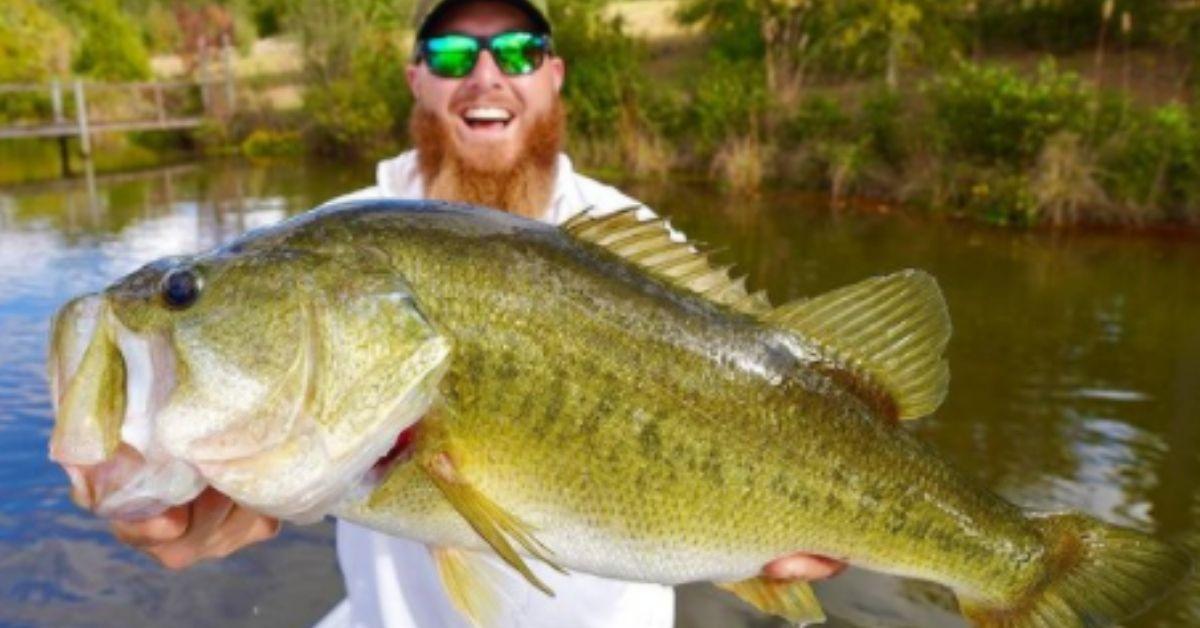10 Fishing Tips That Will Help You Catch A New Personal Best Bass
Catching a personal best bass requires some research, skill, intuition, and a little bit of luck. I had a lot of luck in catching my personal best bass because I had an all-expense-paid trip to fish Mexico’s El Salto Lake, which is renowned as a big-bass factory. However, I still had the intuition to throw my crankbait to the right place where 4-pound bass were busting tilapia on the surface and then cranking my lure quickly down past those feeding fish to where I thought bigger bass would be lurking. The result was my personal best bass weighing 12 pounds, 6 ounces.
Photo Credit: Lojo Fishing
If a trip to Mexico doesn’t fit into your budget, you can still catch a personal best bass close to home if you follow these 10 tips.
1) Go Big Or Go Home
Big bass will occasionally bite a small finesse bait, but most of the time a lunker prefers a big meal. Magnum-sized spinnerbaits, plastic worms, crankbaits, plastic creature baits, and jigs with bulky trailers are good choices to offer a heavyweight bass.
2) Pay Attention To The Moon
These tables predict the major activity times for fish and wildlife during 24 hours based on moon and sun movements. The “Bass Professor” Doug Hannon was a proponent of the tables, which in many cases were probably instrumental in him catching 800 bass weighing better than 10 pounds in his lifetime.
3) Fish Hard In The Early Spring
Giant female bass are heaviest when they are loaded with eggs during the prespawn. These heavyweight bass are hungry as they begin their migration to the shallows and become more susceptible to a wider variety of lures.
4) Go Deep
Some big bass live offshore throughout most of the year so you need to become adept at reading your electronics to find the deep honey holes such as bluff points and channel drop-offs. Heavy jigs are a good choice for probing the depths once you find bottom-hugging bass with your electronics.
5) Check The Weather
Bass become more active when fronts move in so watch the weather forecast to determine when a warm or cold front will be passing through your area. My best days for catching big bass have been rainy and windy at the beginning of a cold front.
6) Do Lake Research
Read articles to find out which fisheries traditionally yield the biggest bass in your area. You can also read tournament reports about your favorite lake to see if certain parts of the lake consistently produce the biggest weights.
7) Double Check Your Line
Old-lineor a nick in new line can lead to heartbreak when that once-in-a-lifetime bass snaps off your line. Check your line frequently for nicks any time you are fishing around heavy cover. You should also use at least 17-pound test line for power fishing tactics such as pitching jigs or winding spinnerbaits.
8) Tie Knot You're Confident With
Even a small bass can unloosen a poorly tied knot so make sure you tie a strong knot to increase your odds of catching that big one. Wet your line before cinching the knot to make sure friction doesn’t weaken your line and give the line a hard steady pull to make sure the knot is tight.
9) Check Your Drag
A loose drag can cause you to miss a big bass when the line slips from the reel on the hook set. A drag set too tight will cause the line to break when a big bass surges without any give from the reel. When setting my drag, I like to have the line slowly slip off the spool as I grab the line and give it a strong, steady pull.
10) Get The Net!
The pros are good at swinging a bass into the boat or lipping the fish to bring it on board but they also lose some fish relying on these landing tactics so it’s best to keep your net handy when you hook a trophy fish. Make sure your net is on deck and away from rods and reels and any other obstacles that can get tangled in it when you need to grab it.
Updated April 19th, 2024 at 9:33 AM CT


